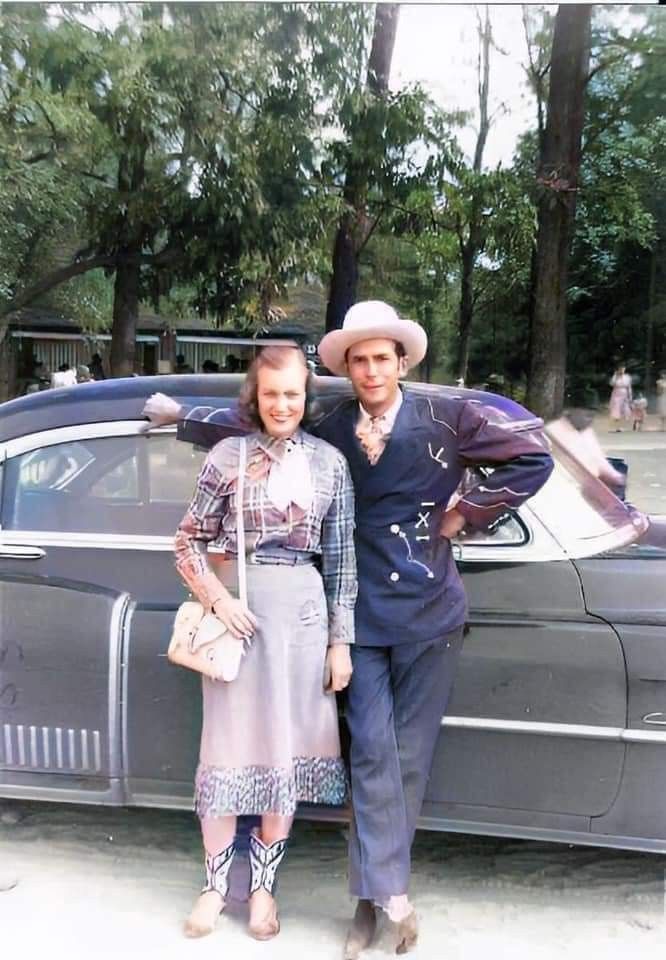A Timeless Lament of Heartbreaking Solitude and Unwavering Despair

In the tapestry of American music, few songs resonate with the raw, unvarnished emotion found in Hank Williams’ classic, I’m So Lonesome I Could Cry. Released in 1949 as a B-side to “My Bucket’s Got a Hole in It,” this haunting ballad did not initially storm the charts. Yet, it has since transcended its humble beginnings, leaving an indelible mark on the landscape of country music and beyond. Featured on the compilation album Hank Williams Sings, this melancholic masterpiece offers an intimate glimpse into the soul of an artist whose personal turmoil often mirrored the poignant tales he spun through his music.
The creation of I’m So Lonesome I Could Cry is as shrouded in legend as it is steeped in authentic emotion. Written during a period of deep personal unrest, Williams channels his own feelings of isolation and heartache into each line, crafting a narrative that speaks to the universal human experience of loneliness. The simplicity of its lyrics belies their depth, painting vivid images that capture moments of profound stillness and sadness—like the mournful cry of a whippoorwill or the eerie stillness of a midnight train.
At its core, I’m So Lonesome I Could Cry is a meditation on solitude. Williams’ evocative imagery encapsulates the desolation felt during life’s quietest hours. His trembling voice serves as both instrument and narrator, guiding listeners through the stark emotional landscape he lays bare. The song’s structure is minimalistic yet powerful; its timeless appeal lies in this very simplicity, allowing listeners to project their own sorrows onto its canvas.
Musically, the song reflects traditional country motifs, utilizing a plaintive steel guitar and somber fiddle to underscore Williams’ aching vocals. The arrangement is sparse yet intentional, creating a sonic environment that amplifies the gravity of his words. As each note unfurls, it carries with it the weight of unspoken sorrow—a testament to Williams’ masterful ability to communicate profound emotion with economical precision.
The cultural legacy of I’m So Lonesome I Could Cry is one that extends far beyond its initial release. It has been covered by a plethora of artists across genres, each rendition paying homage to Williams’ original while highlighting its enduring relevance. From Elvis Presley’s soulful interpretation to Al Green’s heartfelt cover, the song’s ability to transcend genre boundaries speaks to its universal resonance.
In retrospect, I’m So Lonesome I Could Cry stands not only as a pillar within Hank Williams’ discography but also as a timeless ode to the complexities of human emotion. Its enduring appeal lies in its ability to evoke empathy and understanding—a reminder that even in our loneliest moments, we are bound together by shared feelings and experiences. Through this song, Williams offers solace in solitude and finds beauty in despair, creating an everlasting connection between artist and listener that defies time and space.